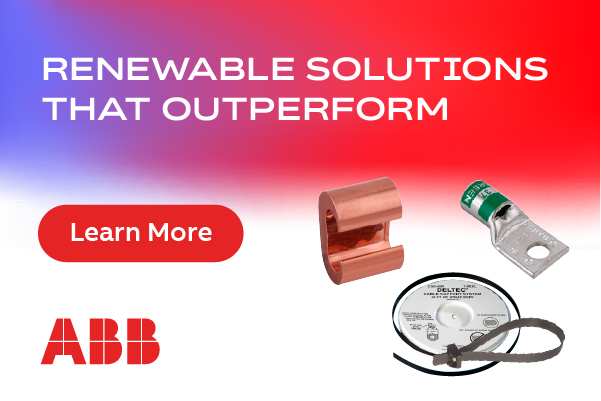The Ultimate Recycling Process: Regenerating transformer oil so it's good as new
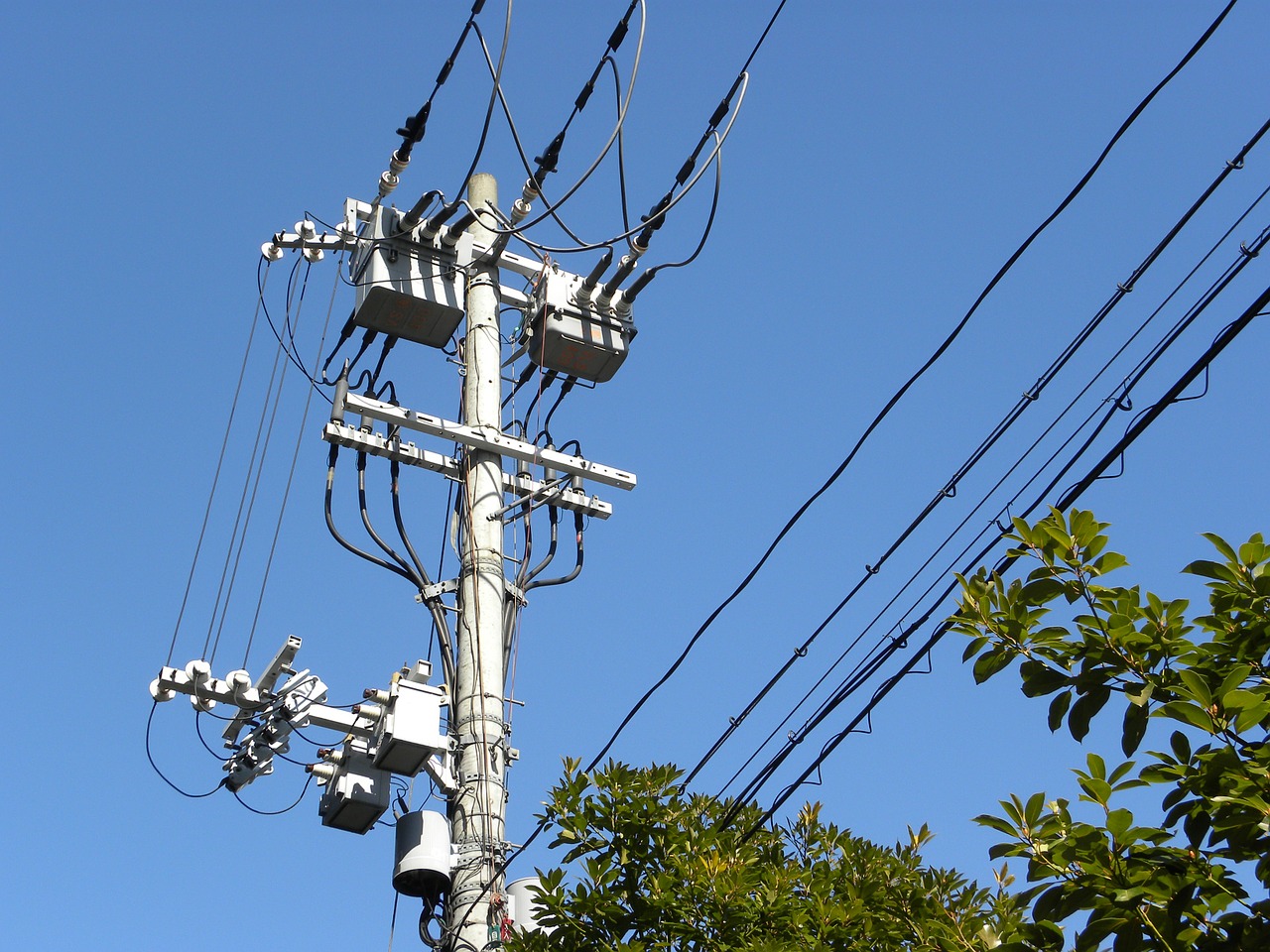 From their invention in the late 19th century to present day, transformers devices have become essential to everyday life. A transformer "transforms" voltage; they're all over your house, inside the black plastic cases you plug into the wall to make your electronics work properly, and all over your neighborhood, atop utility poles to run the grid.
From their invention in the late 19th century to present day, transformers devices have become essential to everyday life. A transformer "transforms" voltage; they're all over your house, inside the black plastic cases you plug into the wall to make your electronics work properly, and all over your neighborhood, atop utility poles to run the grid.
In wind turbines, transformers connect the generator to the distribution device.
Over the 25 years of their normal life span, a vital step of transformer maintenance is the collection and disposal of the transformer oil. This oil insulates energized components, dissipates heat, and protects the paper insulation from moisture.
Hazards of transformer oil
Used transformer oil contains 38 chemicals with carcinogenic and mutagenic effects, including benzopyrene, PCB, dioxin, and furan. The Stockholm convention included two of these - PCBs and dioxins - on the list of the twelve most hazardous contaminants, and especially harmful to groundwater; under no circumstance should waste oil be allowed into the environment.
Recycling of used oil
Incineration is one of the most common ways to recycle oil. Oil can be added to liquid fuel and used for combustion, which is converted into heat. The biggest problem with this method is that hazardous contaminants, such as lead and sulfur, are released into the atmosphere. This means the oil should be prepared before burning, to minimize the negative environmental impact.
It's also possible (in theory) to use waste oil directly as fuel. However, since it doesn't meet fuel quality standards, the contaminants may damage fuel systems.
Some recycling methods can make oil products from waste oil, including thermal cracking, catalytic hydration, and vacuum distillation. But these require complex equipment; investing in the machinery is only viable for large facilities dedicated to oil recycling.
A rarely-used biological method involves bacteria that consumes hydrocarbons. The resulting inactive microorganisms can serve as fertilizer in parks and flower beds.
Transformer oil regeneration process
Oil regeneration can significantly reduce the amount of waste, decrease environmental footprint, increase oil service life, improve transformer reliability, and reduce waste oil replacement costs. Regeneration is a process of removing contaminants and products of aging from transformer oil, stabilizing the oil with additives, and restoring its quality so it can be re-used in electrical equipment.
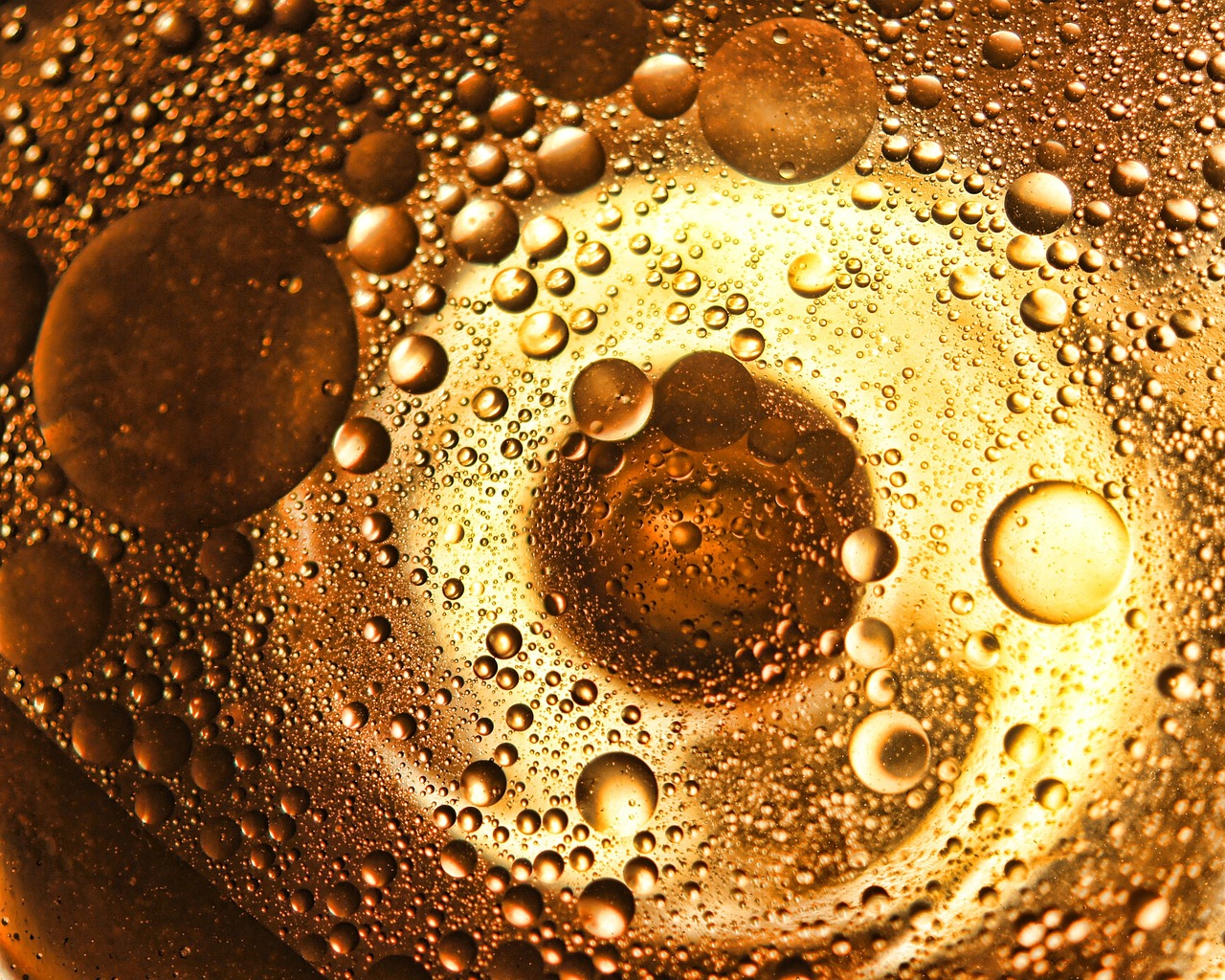 Components that must be removed before the oil can be reused include:
Components that must be removed before the oil can be reused include:
- solid particles;
- water (emulsified and solved);
- air and gaseous products of oil decomposition;
- asphalt and resins;
- acids;
- sludge;
- metal organic compounds (soap);
- polyaromatic compounds;
- unsaturated hydrocarbons;
- remaining products of additive decomposition;
- other products of oil aging.
In order to remove all of these contaminants, regeneration must occur in stages. Although the terms "purification" and "regeneration" are often used interchangeably, each process leads to different results. Purification is a stage of the regeneration process - it cannot restore the oil to its original quality on its own.
Deciding on the method of regeneration depends on economic and environmental considerations. The chosen process must not only efficiently restore the properties of the oil, but also generate minimum waste
This can be achieved by combining several processes in one machine:
- preliminary filtration to remove particulate matter;
- adsorption to remove acidic compounds and aging products from the oil;
- thermal vacuum drying and degassing;
- mixing an additive into the oil to inhibit oxidation.
Preliminary filtration is straightforward, involving a mechanical barrier trapping solid particles larger than the openings in the barrier.
The second stage deserves a more in-depth look. Adsorbents are natural or synthetic materials that absorb contaminants from the oil on contact. Transformer oil regeneration works well with a porous absorbent called fuller's earth*. Oil is pumped through a layer of fuller's earth, which traps contaminants in its granules, removing both soluble and insoluble sludge from the transformer oil. Sludge can be especially dangerous because it concentrates in the solid insulation, and its acidity is much higher than that of the oil.
In the third stage, the oil is pumped into a vacuum chamber with activator elements to increase the contact surface area of the oil. Heat and vacuum extract water and gas from the oil.
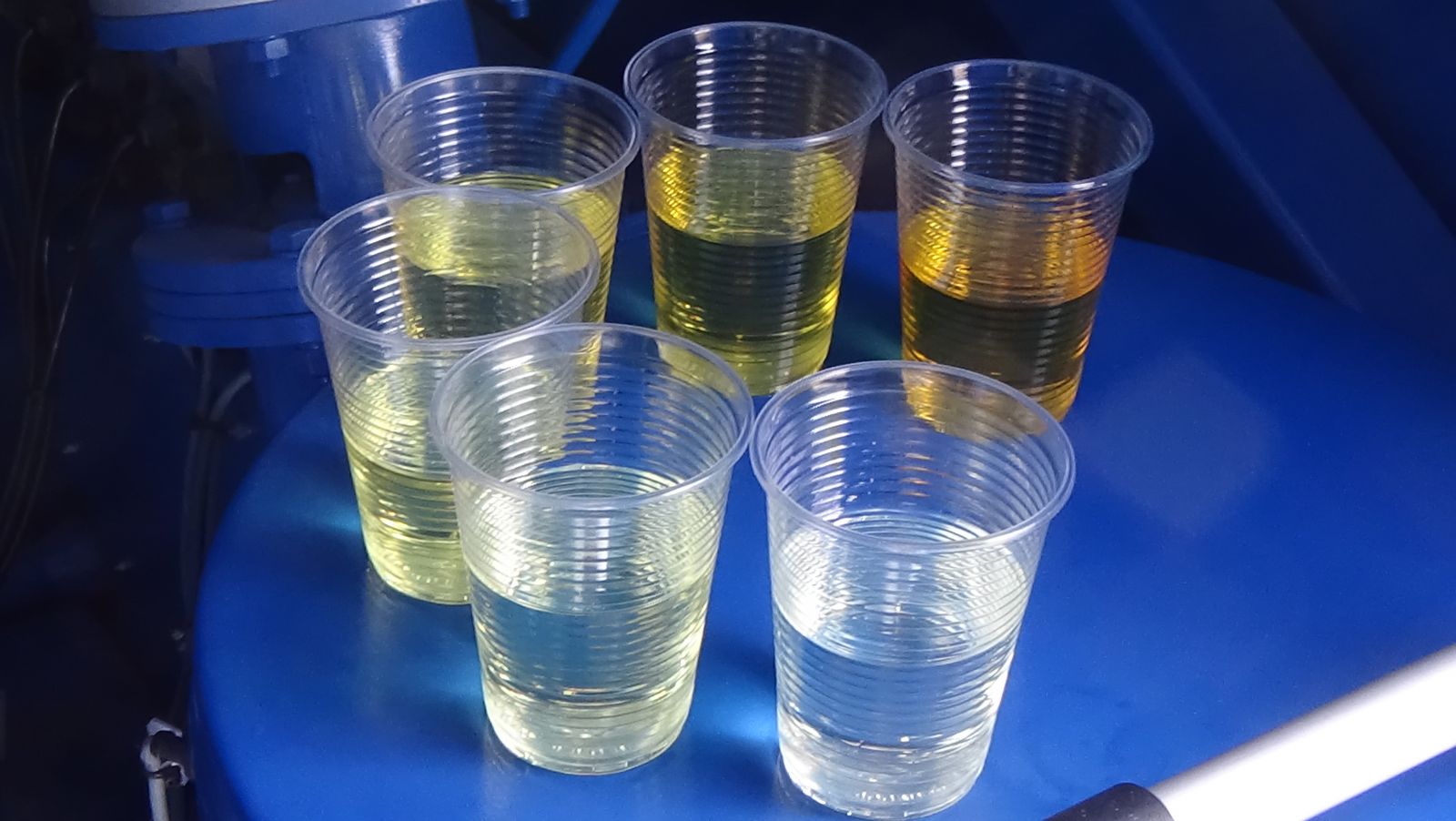
Figure 1 - Transformer oil before and after regeneration
Figure 1 (above) shows two samples of the same transformer oil before and after regeneration. The color of the oil has been restored. Laboratory analysis confirms that oil quality parameters (acid number, dielectric strength, water and gas content etc.) are just as good as those of new oil (Table 1, below).
Table 1 - The results of used oil regeneration
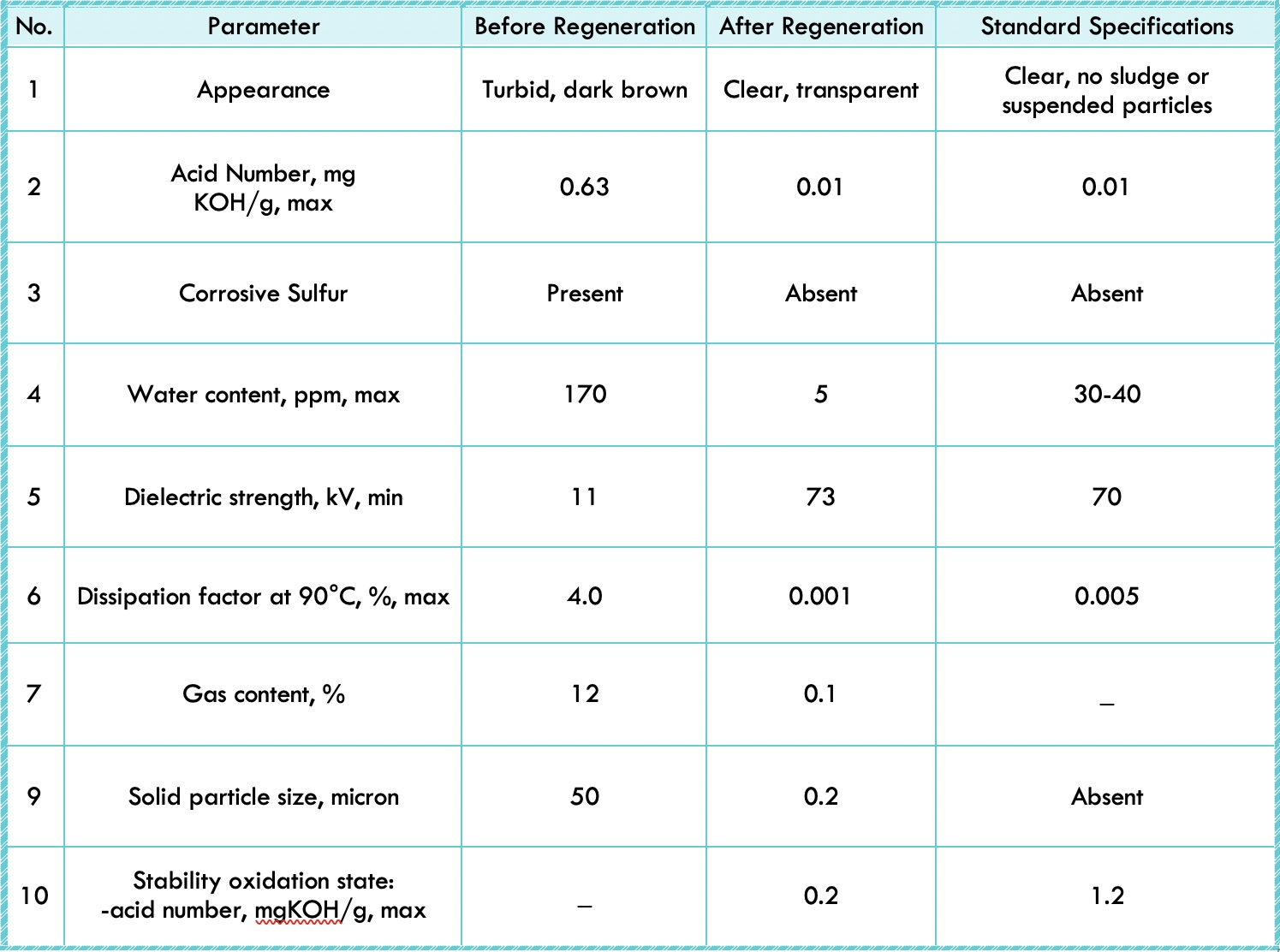
In the fourth stage, the oil goes into a tank for mixing with an antioxidant additive.
When the adsorbent becomes saturated with the contaminants, it can be recycled. Saturated fuller's earth can be reactivated and used again and again, up to 300 times. The reactivation process clears the pores of the adsorbent, extracting and removing the contaminants into a special collection vessel. After the adsorbent is completely exhausted and cannot be reactivated, the process is performed once more to remove any remaining oil - the deactivated former adsorbent can then be used as a construction material or soil conditioner.
It is important to note that oil regeneration not only improves the oil, but also cleans the transformer (including noticeable restoration of solid insulation performance).
Transformer oil regeneration is a powerful tool for waste oil recycling. The economics and efficiency of the process stand out among all other methods. Regeneration saves the costs of oil replacement (the cost of the regeneration process is 40-70 percent lower than the cost of new oil). It aids transformer maintenance by improving transformer reliability and, if done correctly, does not create waste for disposal or storage. Instead, it allows insulation oil to be restored to good as new condition so it can be reused for insulation and cooling. Moreover, combining the regeneration system with special transformer protection devices (Transformer Safety System) makes it possible to regenerate oil in energized transformers. This eliminates power outages, and makes transformer maintenance easy - with no need to drain oil.
Frank May is a field service engineer at GlobeCore in Oldenburg, Germany. He has more than 30 years of practical experience in testing, commissioning, and maintenance of industrial equipment. He's currently researching electrical insulation oil purification and regeneration to improve transformer reliability and extend service life.
GlobeCore | globecore.com
*The English word "fuller" originally meant a textile worker cleaning or "fulling" wool. "Earth" refers to the materials used by the fullers in their work. These materials were mostly minerals based on montmorillonite, which is known to have been used in Cyprus to clean wool as far back as 5000 B.C.
Author: Frank May








